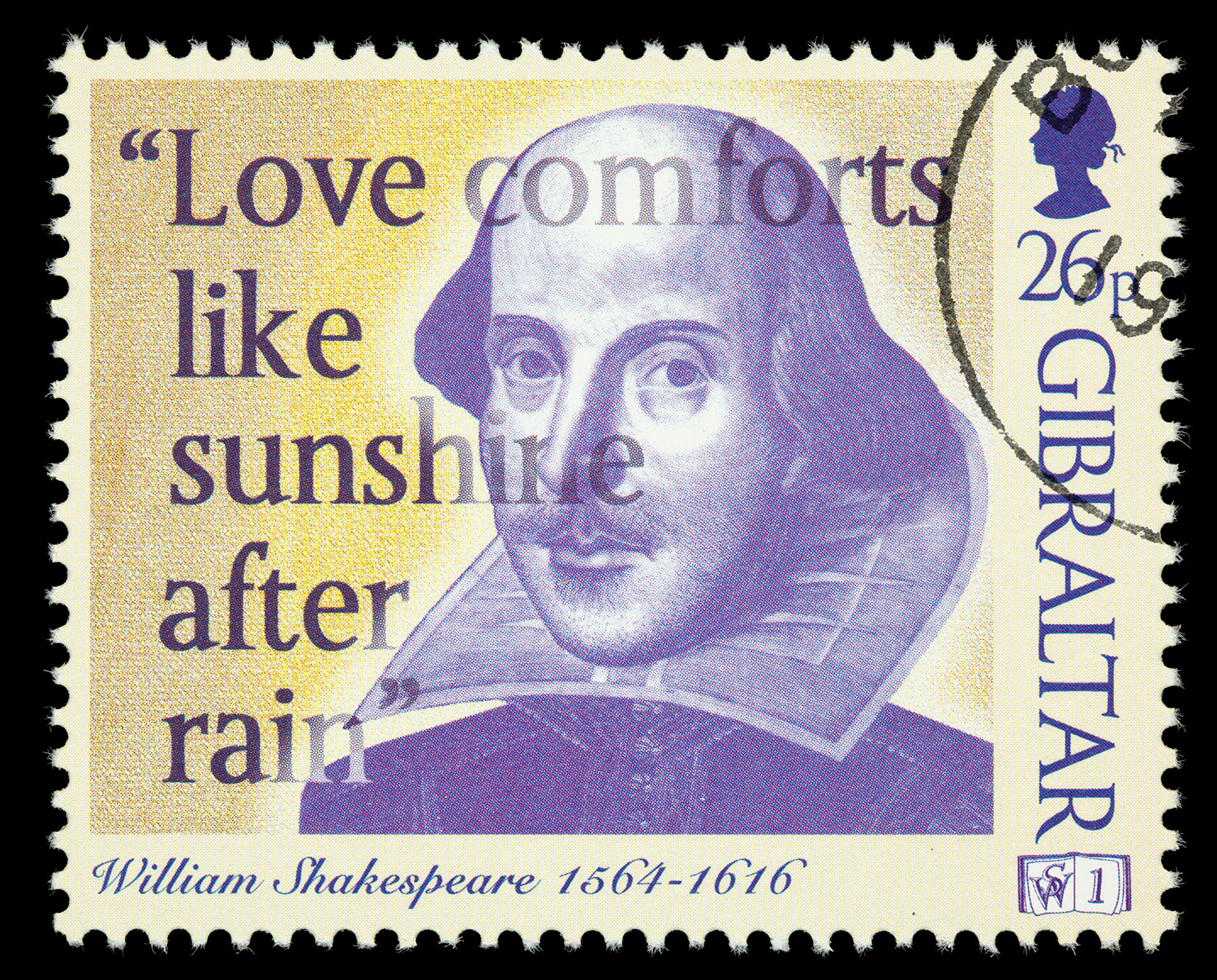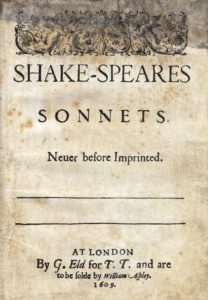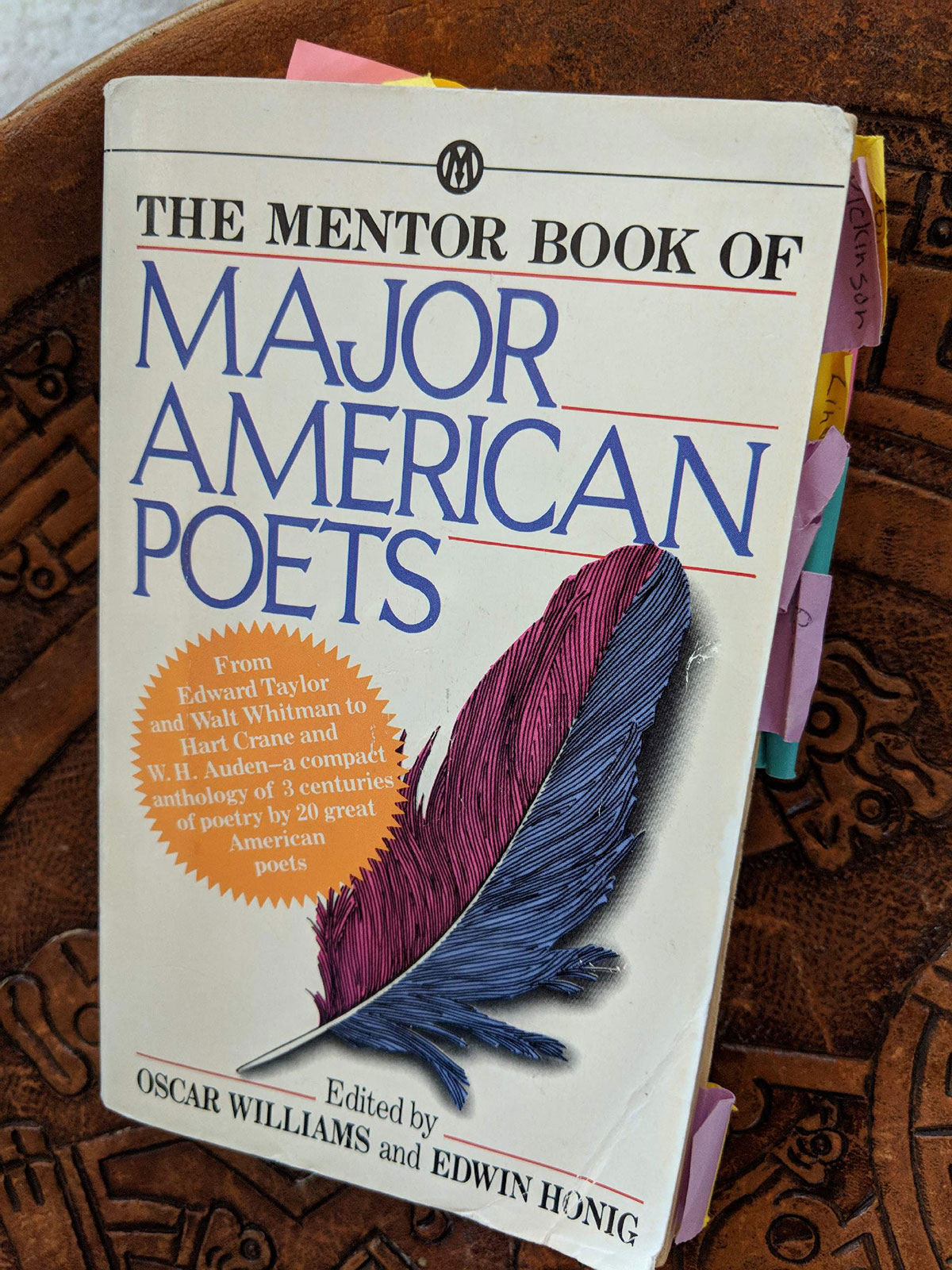(Plus simple directions for writing your own sonnet)
A Brief History of the Sonnet
You might be familiar with these words: limerick, sonnet, haiku, tanka, shape, concrete, ballad, acrostic, and cinquain. They are all types of poems, and each has its own particular structure. This blog post, though, will focus on the sonnet.
The sonnet format was apparently invented by Italian Giacomo da Lentini around the 13th century. However, when I think of sonnets, I think of William Shakespeare (1564 – 1616). Most sonnet references I see in contemporary books, movies, and other works often refer to one of Shakespeare’s masterpieces. His sonnets, created over 400 years ago, are still read, quoted and enjoyed today. Themes found in sonnets, to name a few, cover love, death, time and greed.
His book, SHAKE-SPEARES SONNETS, published in 1609, included 154 sonnets. According to Wikipedia, he most likely wrote them throughout his life and finally compiled them when he was older, to the delight of his readers.
Sonnet Elements
The English sonnet, also called Shakespearean sonnet, has a specific structure. It has three quatrains (4 lines each) and a couplet (2 lines), making fourteen lines total. The rhyming scheme is abab cdcd efef gg. (To learn more about rhyming schemes, look at the lessons in my book Who’s Your Grandma?)
Note: There are other types of sonnets as well, such as the Spenserian sonnet (with the rhyming scheme abab, bcbc, cdcd, ee), but let’s just stick with the better-known English sonnet until later in this post.
The content of the first three quatrains (lines 1 through 12 of the poem) would pose a problem or question to the reader. The two lines of the couplet (13th and 14th lines of the poem) would pose a solution. The third quatrain (9th line of the poem) might start turning from question to answer, and that “turn” is called a “volta.” Sometimes a poet will write a sonnet without following the question/answer format, but the poet will probably include a turn of some sort in that ninth line of the poem. As you see, there’s more to the structure of a poem than fancy lines.
This question/answer concept is quite interesting once you know what you’re looking for when you read a sonnet. Using the rhyming scheme of abab, cdcd, efef, gg, also adds more structure to the poem. Another curious structure to the sonnet deals with syllables. The fourteen lines of the sonnet usually have ten syllables in each line.
A favorite sonnet that appears in a movie version of Jane Austen’s Sense and Sensibility (1995, screenplay by Emma Thompson) is Sonnet 116. Note the rhyming scheme. I’ve divided up the quatrains and couplet. Here it is:
Sonnet 116: Let me not to the marriage of true minds
By William Shakespeare
Let me not to the marriage of true minds
Admit impediments. Love is not love
Which alters when it alteration finds,
Or bends with the remover to remove.
O no! it is an ever-fixed mark
That looks on tempests and is never shaken;
It is the star to every wand’ring bark,
Whose worth’s unknown, although his height be taken.
Love’s not Time’s fool, though rosy lips and cheeks
Within his bending sickle’s compass come;
Love alters not with his brief hours and weeks,
But bears it out even to the edge of doom.
If this be error and upon me prov’d,
I never writ, nor no man ever lov’d.
Note: in the fifth line of the poem, the word “fixed” is supposed to be pronounced as two syllables, not one. We would read “fix-ed” instead of “fixt.”
I have to admit that I love a structured poem. I love the cleverness of arranging lines and choosing the right words to complete a pattern. Don’t get me wrong, a good free-verse poem takes full advantage of poetic devices and is just as cleverly constructed. I guess I’m just an enthusiast of rhyme. The main goal of a good poem, though, is to draw out emotion from the reader. That can be done with rhyming poems as well as free verse and other poems. Otherwise, what’s the point?
Writing a Sonnet
Try writing a Shakespearean Sonnet. You will have fun! Really! Here are some simple guidelines:
- Choose your theme (Love? Time? Greed?) (i.e., unrequited love)
- Think of your question that deals with your theme. (i.e., I love him but he doesn’t love me.)
- Think of an answer. (i.e., go love someone else who cares)
- Write your three quatrains (4 lines each, about your theme. (I.e., unrequited love) Remember to begin your turn toward the solution (volta) around the ninth line of the poem, which falls on the first line of the third quatrain. Add the “solution” in your couplet (last 2 lines of the sonnet). Have about ten syllables per line in your sonnet and use the rhyming pattern of abab, cdcd, efef, gg.
- Voila! You just wrote a Shakespearean sonnet!!
Other Non-Traditional Sonnets
Poets have written sonnets that do not follow the Shakespearean formula. And that’s great! We can be creative in our writing. I’ve seen sonnets written in different rhyme schemes and different line types. Hypertexts.com website posted many nontraditional sonnets, but they have structure, too. Have fun reading these poems written by three famous poets:
- Robert Frost wrote a non-traditional sonnet titled “Acquainted with the Night” with four tercets (3 lines each) and a couplet (2 lines), and he used the rhyming scheme of aba bcb cdc dad aa.
- Richard Wilber wrote “Death of a Toad” with eighteen lines using three sextets (6 lines each).
- Gerald Manley Hopkins wrote “The Windhover” with the traditional fourteen lines and the rhyming scheme of aaaaaaaa bcb cbc. Wow!
But how can we tell if it’s a sonnet or just a cool poem if the poem doesn’t follow the sonnet rhyming scheme?
The Modern Sonnet or the American Sonnet
So, how can we tell the difference between just a poem and a sonnet? Poets.org says, “Stretched and teased formally and thematically, today’s sonnet can often only be identified by the ghost imprint that haunts it, recognizable by the presence of 14 lines or even by name only.”
If you’d like to read more about the modern sonnet, the Poets.org website explains many of the variations of sonnets that poets now write. (https://www.poets.org/poetsorg/text/sonnet-poetic-form) I think Shakespeare and da Lentini would have loved to see how the sonnet has evolved!
See what other poets have written! Be creative on your own! Plan your poem using a sonnet theme but with your own rhyming scheme and include a volta (turn). And don’t forget the question and answer twist!
You Can Post Your Favorite!
Please post any sonnets you like from other poets or post ones that you wrote in the comment box below!
References and Links:
Poem from https://www.poetryfoundation.org/poems/45106/sonnet-116-let-me-not-to-the-marriage-of-true-minds
http://www.thehypertexts.com/Best%20Sonnets.htm
https://www.poetryfoundation.org/learn/glossary-terms/shakespearean-sonnet
https://en.wikipedia.org/wiki/Giacomo_da_Lentini
https://www.shakespeare.org.uk/explore-shakespeare/shakespedia/shakespeares-plays/
https://en.wikipedia.org/wiki/Sonnet
https://en.wikipedia.org/wiki/William_Shakespeare
https://www.poets.org/poetsorg/text/sonnet-poetic-form








Hi Jackie,
One of the most famous sonnets ever written, and my favorite, is in Petrarchan sonnet format which is a little different than the typical sonnet format.
“The New Colossus” by Emma Lazarus.
-Petra
Not like the brazen giant of Greek fame,
With conquering limbs astride from land to land;
Here at our sea-washed, sunset gates shall stand
A mighty woman with a torch, whose flame
Is the imprisoned lightning, and her name
MOTHER OF EXILES. From her beacon-hand
Glows world-wide welcome; her mild eyes command
The air-bridged harbor that twin cities frame.
“Keep, ancient lands, your storied pomp!” cries she
With silent lips. “Give me your tired, your poor,
Your huddled masses yearning to breathe free,
The wretched refuse of your teeming shore.
Send these, the homeless, tempest-tost to me,
I lift my lamp beside the golden door!”
Hi Jackie,
I followed the links you provided to find more examples of sonnets. I am certain after just skimming the “hypertexts” link and the “wiki” link, wherein I found all of the Shakespeare sonnets, that it will prove a long exercise to read all of them in order to decide on a favorite. Thank you for choosing the sonnet as a topic for discussion. It will provide some very good study for a long time!
I enjoy reading the stories, poems and sonnets from yesteryear and when much younger enjoyed memorizing them. My favorite is Shakespeare’s Sonnet 18 which I memorized in my teens. I thought and still think it was
the true face and beauty whether physical or inner strength and emotion of women.
I too like the one quoted above by Petra. That too embodies the caring and strength of women.
Thank you for this wonderful exercise and continued learning.